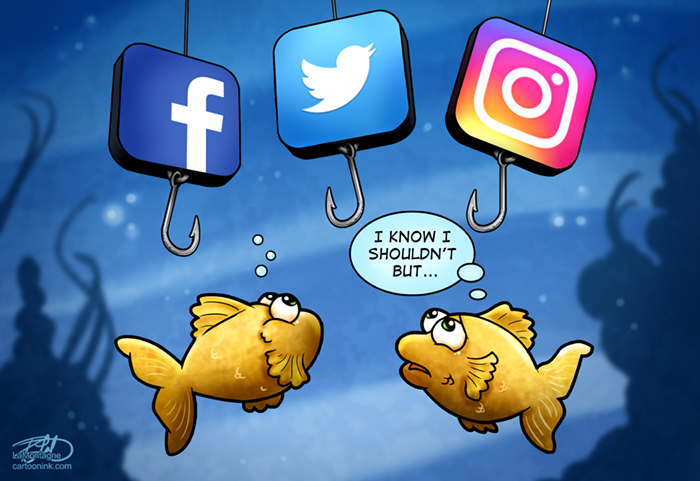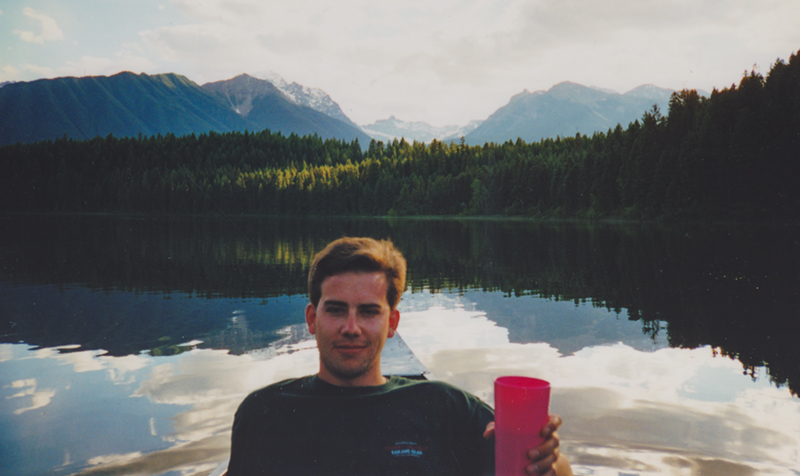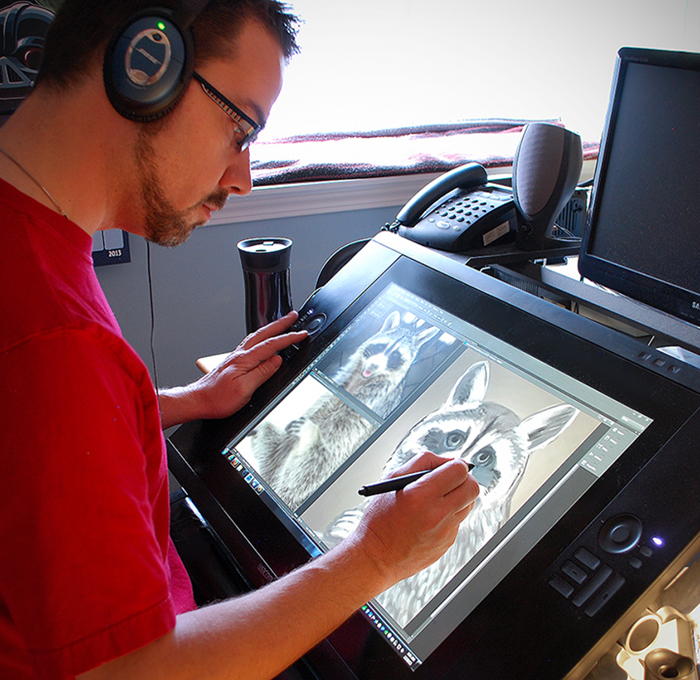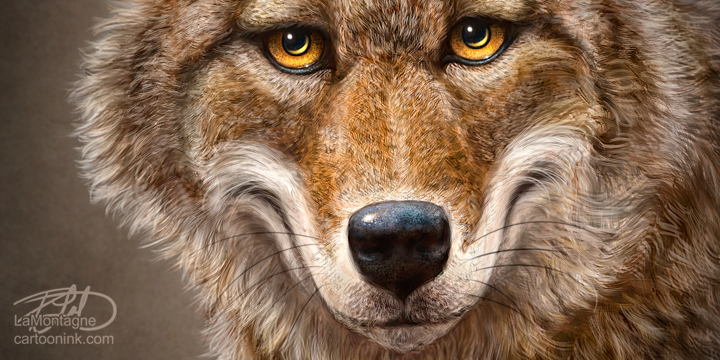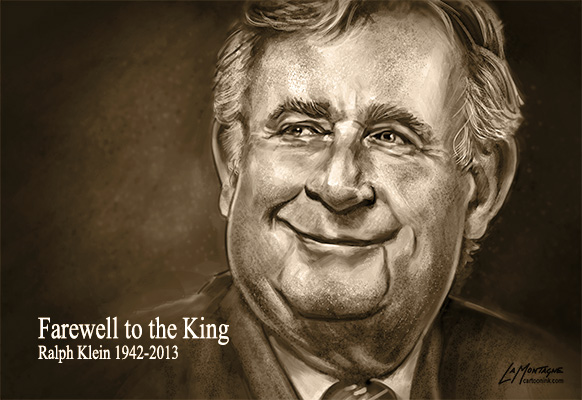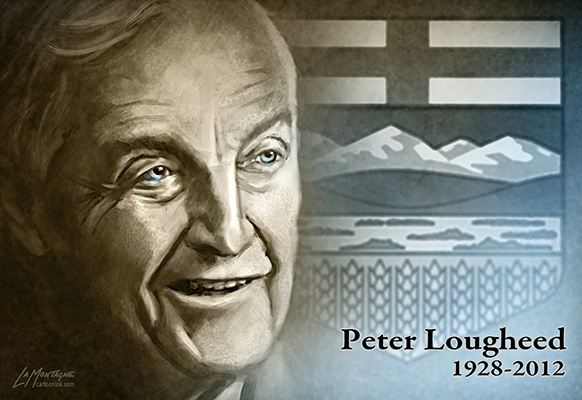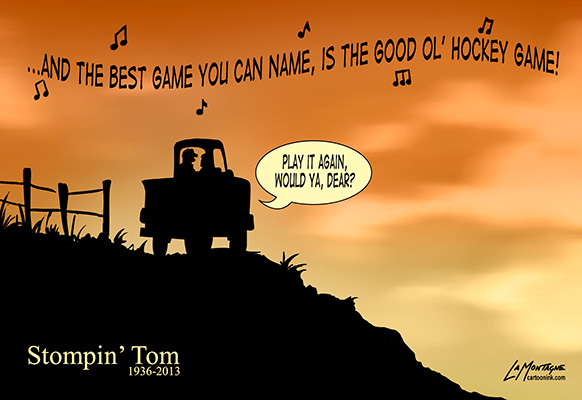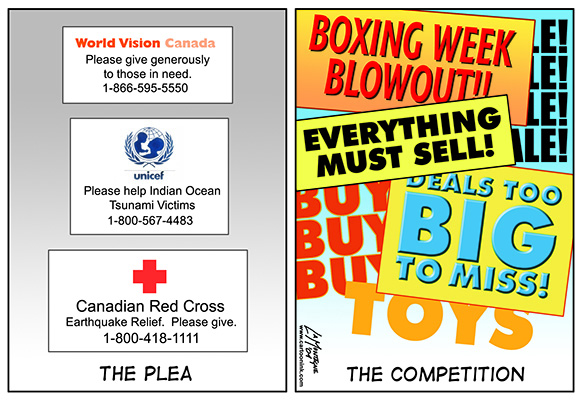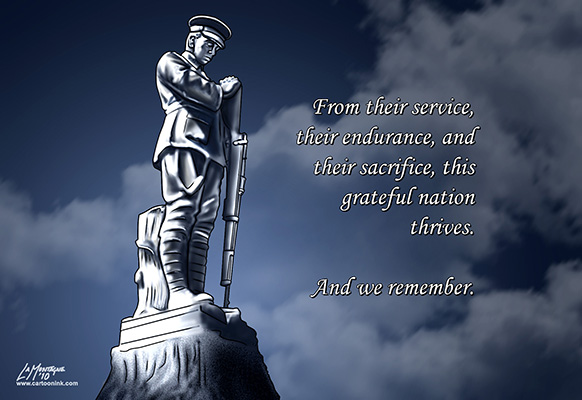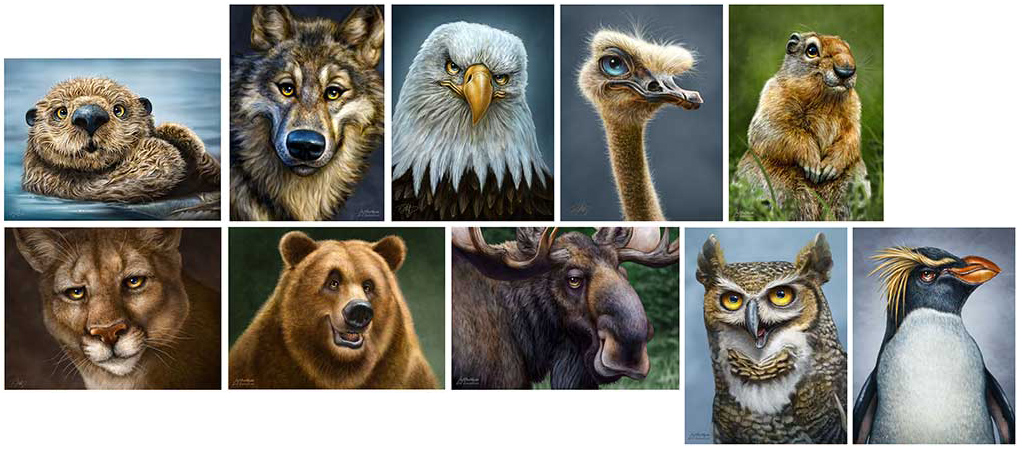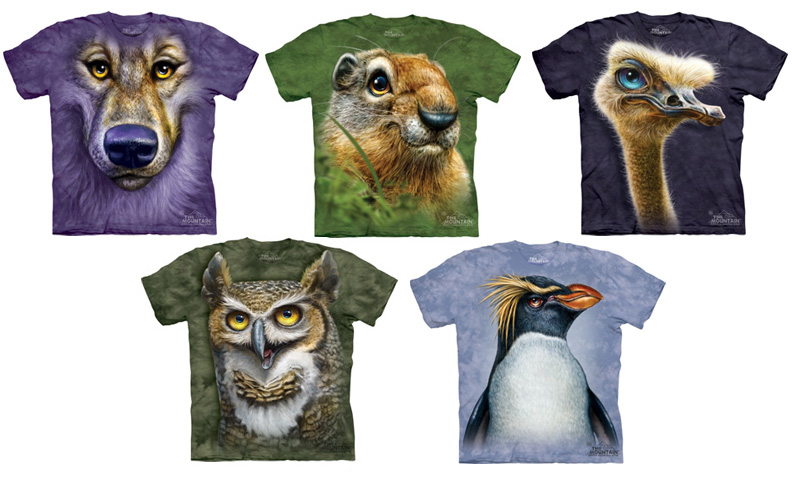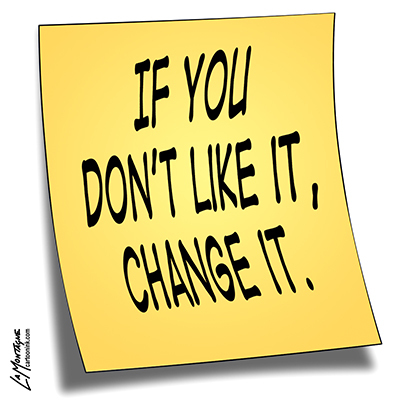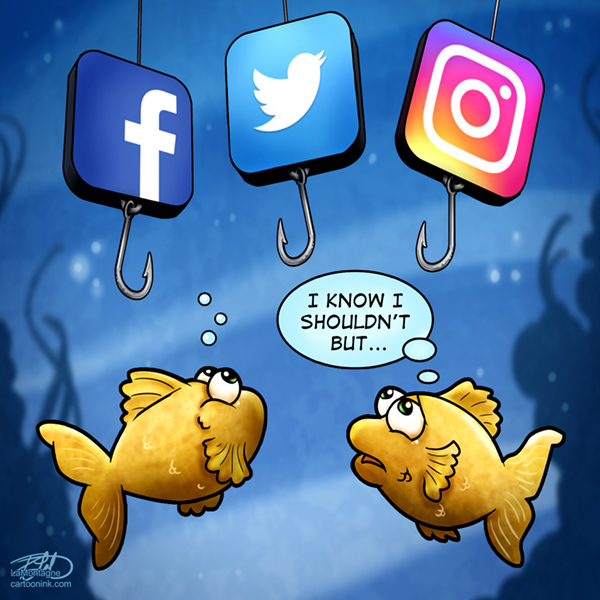
I’ll be leaving Instagram in about a week.
You might disagree with this choice, but I’m used to that. People told me I was foolish to quit Facebook and Twitter over a year ago. That decision had no effect on my business, but paid off big for my mental health.
So-called online marketing experts will say it’s best to be authentic.
Well, this is about as authentic as I get.
Instagram is not a creative space, it is a vehicle for delivery or denial of dopamine hits, and like any addictive substance, what once made you feel good, you eventually use to keep from feeling bad.
Building an Instagram following today revolves around frequent posting of content. Stories, videos, images, ads, all in an attempt to manipulate the algorithm into offering your stuff to an audience that will show or deny approval by tapping their finger on a little heart.
It doesn’t matter if that content is new or relevant, as long as it’s frequent.
To feed that beast, or get noticed by an art aggregator or influencer, I end up creating things simply so that I have something to post, which means the more detailed pieces that take many hours to complete suffer from inattention and take longer to finish.
Or I have to come up with clever gimmicks or pictures or make up stories that take me away from the work that pays the bills, in a vain attempt to fool myself that it’s advancing my business, when there is no supporting evidence.
Then I waste more time checking to see if anybody has liked or commented, and am always disappointed in the results, no matter what they are. After which I spend more time scrolling through the feed until I realize that the half hour I’ve just wasted on nothing could have been time spent drawing, painting, writing, bookkeeping, or on admin stuff. These are things that actually DO impact the success of my business.
I’ve gone back and forth on this for weeks, read countless articles on both sides of the argument, taken into account the bias inherent in each, while trying to filter my fear of missing out. I’ve explored the extremes of what-if worst case scenarios, the conjuring of which I am a pro.
I tried switching to a business page, to pay to promote my posts, but the only way you can do that is to go through Facebook, which meant I would have to go back on Facebook not only with a personal profile, but with another business page.
That’s like going back to an abusive relationship after a clean break.
Is it possible that the owners of Instagram will have a re-awakening, change their direction and suddenly make the platform better for everybody again? Or is it more likely that its best days are in the past and it has become infected by the same toxic decay plaguing Facebook?
Granted, I could be making a huge mistake, but it’s a risk I’m willing to take.
People said that quitting my job many years ago to become a full-time artist was a mistake, too, and that worked out pretty well for me.
My income comes from a few different sources. There are daily editorial cartoons I email directly to my newspaper clients across Canada, print sales of my whimsical wildlife paintings at venues and shows, and licensing of the animal art where they end up in retail stores or on other sites. I don’t need to manipulate the data to convince myself that these sources produce revenue. The proof is in my bank account.
With Instagram, I have to tell myself it’s worth my time, even though I don’t believe it.
I posted a close version of this on instagram to give people a chance to see it before I pulled the plug. I still run into folks who think I blocked them on Facebook, even though I’ve had no presence on that platform for well over a year. They just missed the announcement.
It might seem like a ploy to get people to follow my newsletter and site. That would be accurate.
The only reason I was on social media was to direct traffic to my business. I’m a commercial artist. This is how I pay my bills. One of the things people forget about social media is that if you aren’t paying for a product, then you are the product. Instagram does not deliver me any value and it’s not paying me for my time, the ultimate non-renewable resource.
I have this website in which I’m invested, regular blog posts, a newsletter and I’m easy to find online. I plan to start recording more time-lapse videos on my YouTube channel, without being restricted to the one minute allowed by Instagram. All of that produces sustainable and searchable content that doesn’t disappear into an attention span black hole.
Cheers,
Patrick
If you’d like to receive my newsletter which features blog posts, new paintings and editorial cartoons, follow this link to the sign up form.

